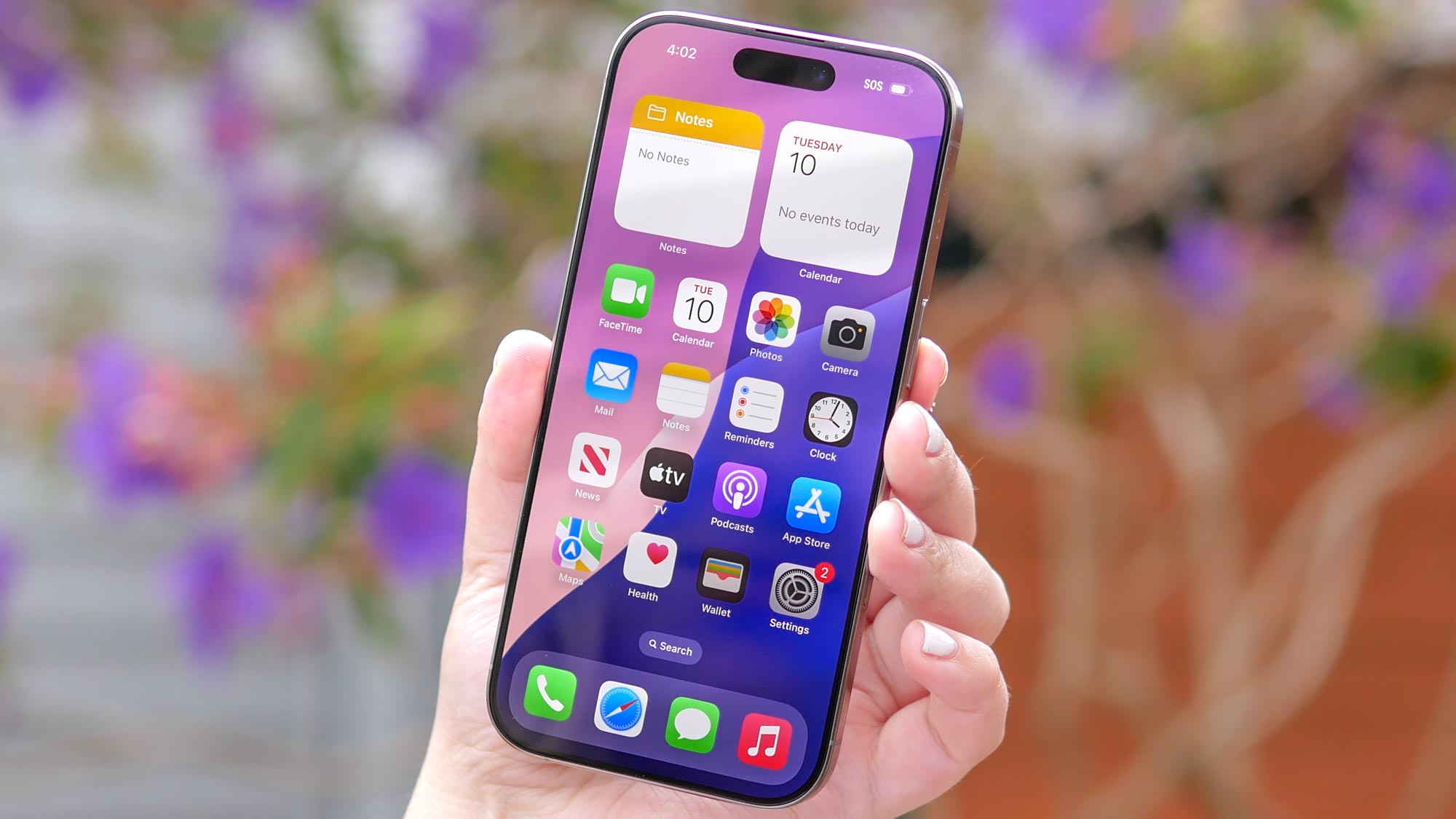On January 9, 2025, the Department of Biotechnology (DBT) called for proposals on ‘Translational research using genomeIndia data’ from scientists based in India. On February 20, eight days before the February 28 deadline for submitting proposals, DBT extended the deadline till March 31, 2025. The 10,000 human genome project had collected blood samples and associated phenotype data from over 20,000 individuals representing 83 population groups — 30 tribal and 53 non-tribal populations — spread across India.
Of the 20,000 individuals, preliminary findings based on the genetic information of 9,772 individuals were published in the journal Nature Genetics as a Comment on April 8. The Comment article clearly listed the phenotype data collected from over 20,000 people, including height, weight, hip circumference, waist circumference and blood pressure. From blood samples collected, complete blood counts as well as biochemistry data such as glucose measurements, lipid profiles, and liver and kidney function tests were measured and are available along with genome data of 9,772 individuals.

Surprisingly, neither the first proposal call nor the addendum extending the deadline for submitting the proposals listed what phenotype data were available to researchers. Even the GenomeIndia website does not have that information. The first time that information became public was when the Comment article was published on April 8.
But the deadline for submitting the proposals was March 31. “The anthropometric and blood biochemistry data were only collected to ensure that the samples covered under the GenomeIndia project were from healthy individuals,” says a DBT spokesperson in an email to The Hindu. “The GenomeIndia project has not published a data dictionary nor released detailed information on the available phenotype metadata of the genotyped samples in the project.
A Commentary in the Nature Genetics journal has been the first and only public communication about the details of phenotype metadata in the project, till date. Even before the publication of this article, DBT has completed a proposal inviting researchers for utilising the GenomeIndia data,” says Dr. Padmanaban V, Assistant Professor in the Department of Biochemistry at CMC Vellore.
Incidentally, the addendum published on February 20 extending the deadline to March 31 noted that DBT had “received many queries regarding the type of data that will be released”. Despite saying “relevant phenotype data (as per request)” will be provided under Controlled (Managed) Access, what phenotype data that were available was not provided. “Despite admitting that there have been many queries related to the data, there still wasn’t any information on the list of available phenotypes that researchers can request even in this document,” says Dr.
Padmanaban. Also, the Comment piece published in the journal, which is the only place the phenotype data is collected and available, was mentioned, is behind a paywall, thus restricting some researchers from reading it. The spokesperson points out that the One Nation One Subscription scheme will provide access to research articles and journal publications to students, faculty and researchers.
However, the One Nation One Subscription scheme currently provides free access to journal papers to researchers and students only from public institutions. While researchers from 20 institutions involved in the GenomeIndia project would be aware of the phenotype data available, others would be unaware of it. “Researchers who were not part of the GenomeIndia project team did not have information on the available phenotype metadata,” says Dr.
Padmanaban. “Not only GenomeIndia data but any biological data available at IBDC can be accessed by researchers as per provisions in Biotech PRIDE Guidelines and FeED Protocols, which are in harmony with practices followed by international databases,” the spokesperson says. Published - April 27, 2025 05:00 am IST Copy link Email Facebook Twitter Telegram LinkedIn WhatsApp Reddit.
Technology

No phenotype data details in GenomeIndia’s proposal call

The 10,000 human genome project had collected blood samples and associated phenotype data from over 20,000 individuals representing 83 population groups — 30 tribal and 53 non-tribal populations — spread across India.















